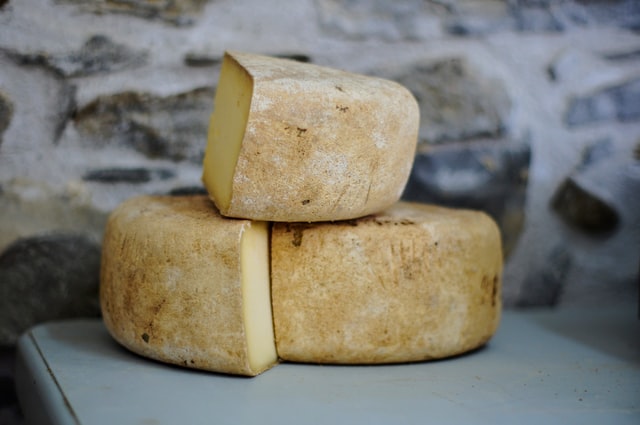There’s no doubt that many people love cheese––why wouldn’t they? Whether it’s sprinkled on your pizza or mixed into your pasta, you surely enjoy how it melts in your mouth and elevates your food taste.
Today, there are many different types of cheese readily available in the market. For the most part, you likely are well-acquainted with cheddar, mozzarella, Parmigiano, and parmesan. But have you heard of the Asiago cheese?
In this article, we will share all you need to know about Asiago cheese, so keep on reading to learn more.
What to know about Asiago cheese?
Asiago cheese comes from Veneto, Italy, which is one of the typical food products in the region. It used to be made from the milk of a sheep. However, today, it’s made from cow’s milk, whether raw or pasteurized.
While it is sold in various stages, it can be eaten, whether it is fresh or aged. Yet, it has different flavors and textures based on how old it has been prepared.
Ultimately, it is an Italian DOP (Denominazione di Origine Protetta) product. This means that this product is considered authentic if and only if it is produced in the Veneto region.
What are the nutritional values of Asiago cheese?
If you’re wondering what the nutritional values of Asiago cheese (for one ounce), take note of the following:
- Calories: 100
- Total Fat: 8 g
- Cholesterol: 25 mg
- Sodium: 454 mg
- Carbohydrates: 1 g
- Protein: 7 mg
- Sodium: 340 mg
What can Asiago cheese be used for?
As with any type of cheese, Asiago cheese is usually grated and incorporated into various dishes and recipes. Below are common foods that this cheese can be mixed with:
- Bread: Who wouldn’t love a piece of bread? Instead of a plain one, opt for bread with Asiago cheese added inside or sprinkled on the loaf itself. At the same time, you can also combine it with Parmesan or Romano cheese. Not only will you have cheesy bread, but you’ll also savor a rich and nutty taste!
- Salad: It’s easy to see salad sprinkled with cheese on top for garnishing. But instead of the usual parmesan cheese for your Caesar salad, why not opt for Asiago cheese? This will make the dish just that much better!
- Pasta: Of course, you can see cheese grated and sprinkled on pasta. But this time, try to use Asiago cheese on Parmesan or Alfredo sauce for a delicious flavor. Just be sure to blend them well with your pasta. In fact, this cheese type can be a great alternative to Parmesan or Romano cheese!
Here at Sexy Chef, we want to slake your hunger yet keep you craving for more. As a healthy restaurant in Phoenix, we have the best local vendors that supply our meats, produce, and dairy. Most importantly, our mouth-watering dishes are prepared by our top-notch chefs. If you want Mac & Cheese with Asiago parmesan and cotija, added on pulled pork or candied bacon, we’ve got you covered!
Conclusion
At this point, we’ve covered what you need to know about Asiago cheese. Be sure to consider all the valuable information discussed above, particularly its nutritional value and actual uses. If you want to savor the best of what Asiago cheese has to offer, experiment with various recipes, or head off to your local restaurant that serves meals with this cheesy flavor!
Are you looking for the best healthy places to eat in Phoenix? You’ve come to the right place! As a Phoenix-based restaurant, we offer healthy meals, vegan food options, good-sized portions, and organic dishes. Check our food selection and place an order now!

